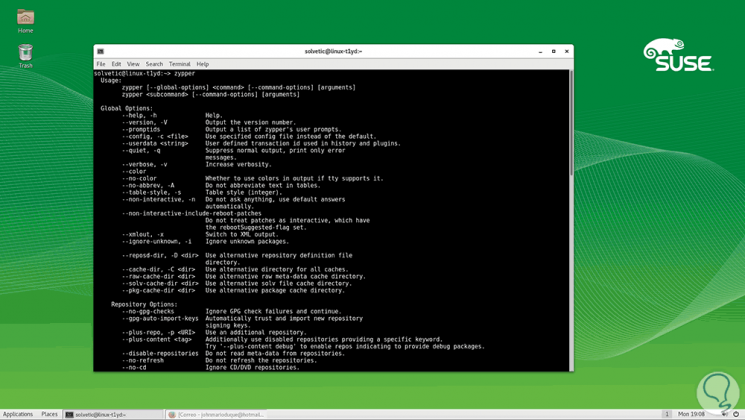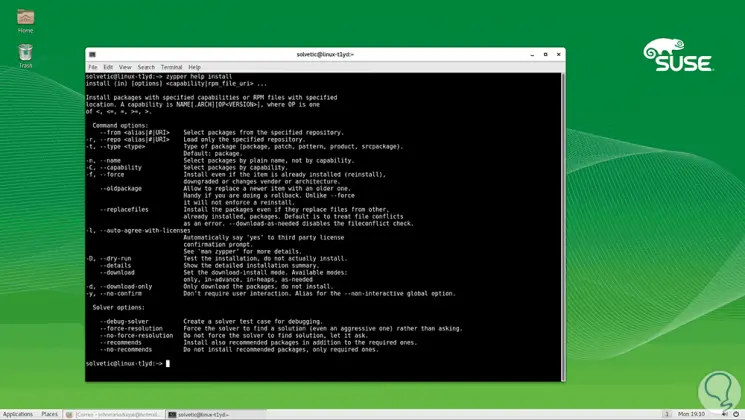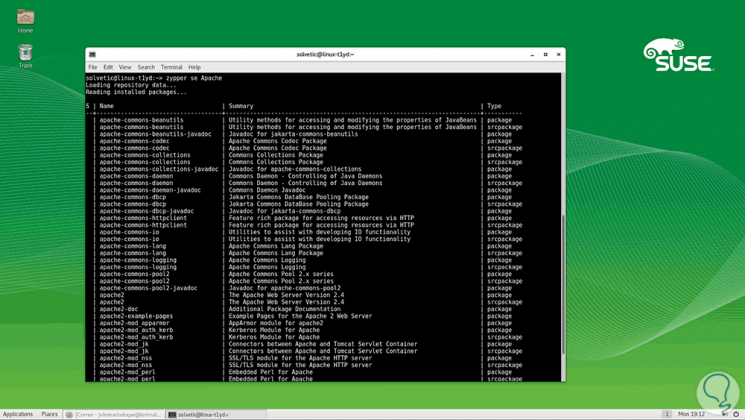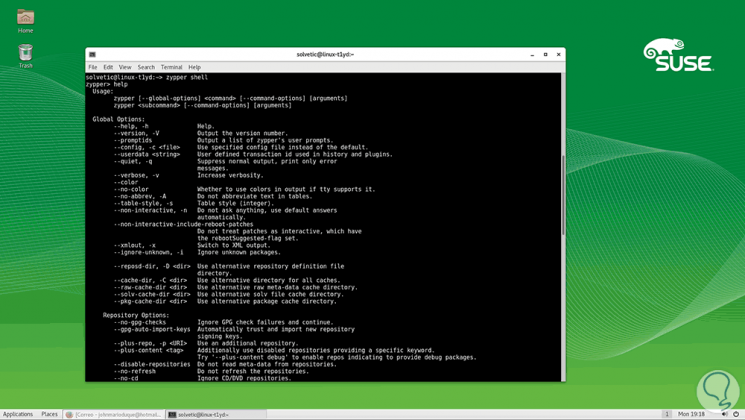SUSE is an operating system focused on organizational management providing multiple performance, reliability, scalability and development options. In its SUSE Linux Enterprise Edition we will have a variety of business applications and features suitable for everything related to a production environment and in version 12 we find unique features of this great system..
SUSE Enterprise we can try it for 60 days to discover its advantages in the following link:
SUSE Enterprise
Now, within all the distributions we have for Linux , we can see that each one has its own commands to carry out the administration and support tasks, in the case of SUSE Linux, we have Zypper and YaST which are the administrator of packages for this valuable operating system which are an addition to the already known RPM.
YaST, whose meaning is Yet another Setup Tool, is a tool designed to work in OpenSUSE and SUSE Enterprise Edition in order to manage, configure and configure SUSE Linux in full..
On the other hand, Zypper, is the command line interface of the ZYpp package manager with which we can install, remove and update SUSE. ZYpp is the package management engine that gives meaning to Zypper and YaST. TechnoWikis will analyze through this tutorial how to use Zypper for proper management of SUSE Linux.
1. Basic Zypper help to manage packages in SUSE Linux
Step 1
When we execute zypper without any parameters, the result will be a list of all the global options and commands to use:

Step 2
If we want to get help on a specific command, enter 'in' (install), and execute the following commands:
zypper help in or zypper help install

Step 3
Another useful option is to look for a specific package before installation, in this case we execute the following syntax:
zypper is "package name"

Step 4
To obtain detailed information about a pattern package we must use the following command:
zypper info -t pattern (package)
To access the Zypper Shell and run the session from there we can use one of the following options:
zypper shell or zypper sh

To exit this Shell session we execute exit..

Login Join up!